I arrived in Rotorua much later than I’d intended, thanks to four hours stuck in rental vehicle purgatory. I only had time to quickly pop into the visitor centre for advice from a young man who was somewhat taken aback at my request for geothermal sites that I could visit for low to no cost. Though dusk was closing, I decided to take a quick walk along the shore of Lake Rotorua as recommended.
As I approached the lake a sulphurous odour began to permeate the air, and I recalled the warnings of my friends that Rotorua was a smelly town. I proceeded to the aptly-named Sulphur Bay to find the gently bubbling waters played host to a raucous feathery crowd.

This bay is home to an unusual inland breeding site for the threatened red-billed gull, an animal we are more likely to think of as a common pest than a species in need of protection. This colony has nested here since as far back as 1932 (when it first came to the attention of Europeans) in spite of some years having many of their young wiped out by predators or humans, and of course the ever-present danger of chicks – literally – getting themselves into hot water.
The acidic water of the bay sometimes even dissolves the webbing between the birds’ toes, but apparently the warmth is worth the trade-off.

I was surprised to learn that not only are red-billed gulls monogamous, but a gender imbalance in favour of females means that about 7% of the couples are female-female. At least, that’s what was concluded from studying the colony at Kaikoura. Since I can’t tell the difference between male and female gulls I’m unable to comment on the prevalence of lesbianism among these particular birds.
I figured I’d disturbed these belligerent birds enough, so I backtracked toward Motutara Point. I spared only a brief glance at the impressive Tudor-style former bath house – now museum – not adding another click to its ranking as New Zealand’s most photographed building. Instead I followed the path around it and back to the lake shore.
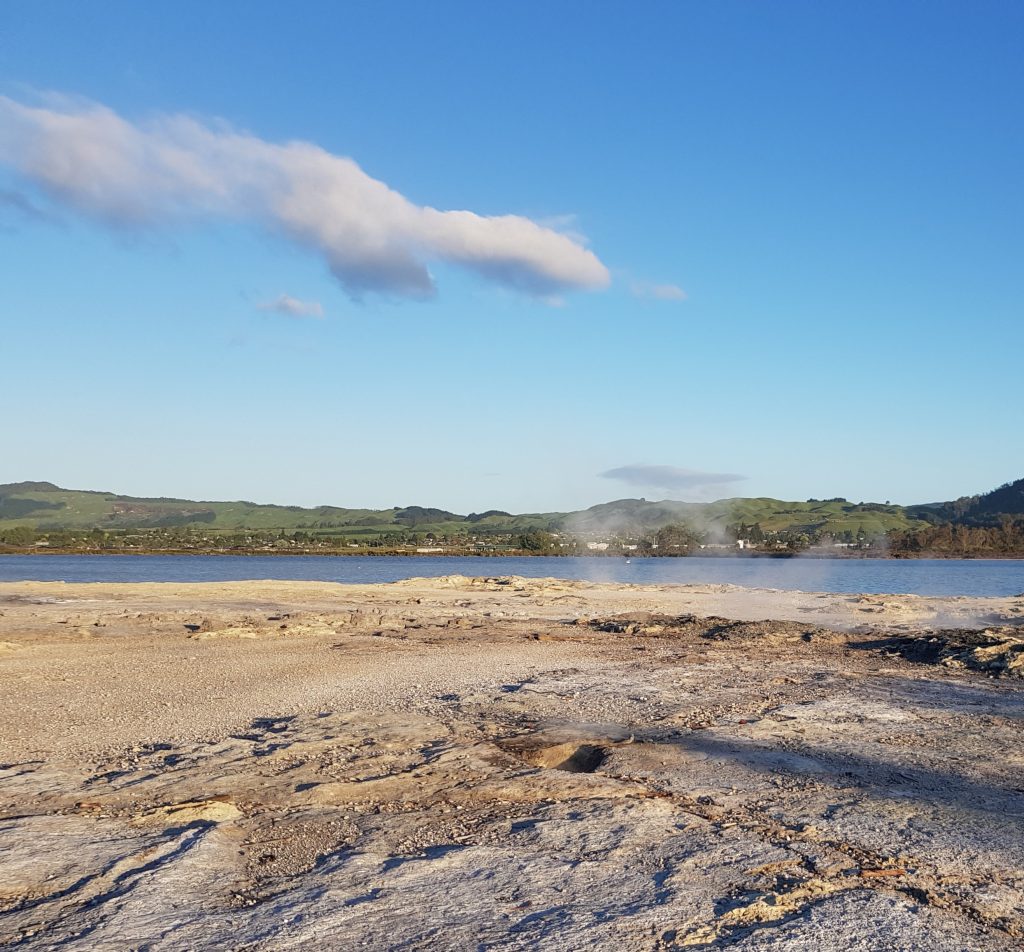
The cratered verge with its strange sulphur formations seemed like the surface of the moon, though the steam which hissed from the crevasses was something else entirely. I was intrigued to come upon “Cameron’s Laughing Gas Pool”, said to produce a gas that caused bathers to experience fits of uncontrollable laughter, or sometimes even to black out.

I’d have taken a sniff for myself but for the many signs warning me not to venture from the trail, due to the place being a “thermal area”. The pedantic part of me observed that technically any place where the temperature sits above absolute zero might be considered “thermal”, but the sensible part of me also realised that “I was technically correct!” would be an ignominious epitaph.
By this time dusk was setting in in earnest, so I figured it was time to think about making my way to the night’s intended stopping place.
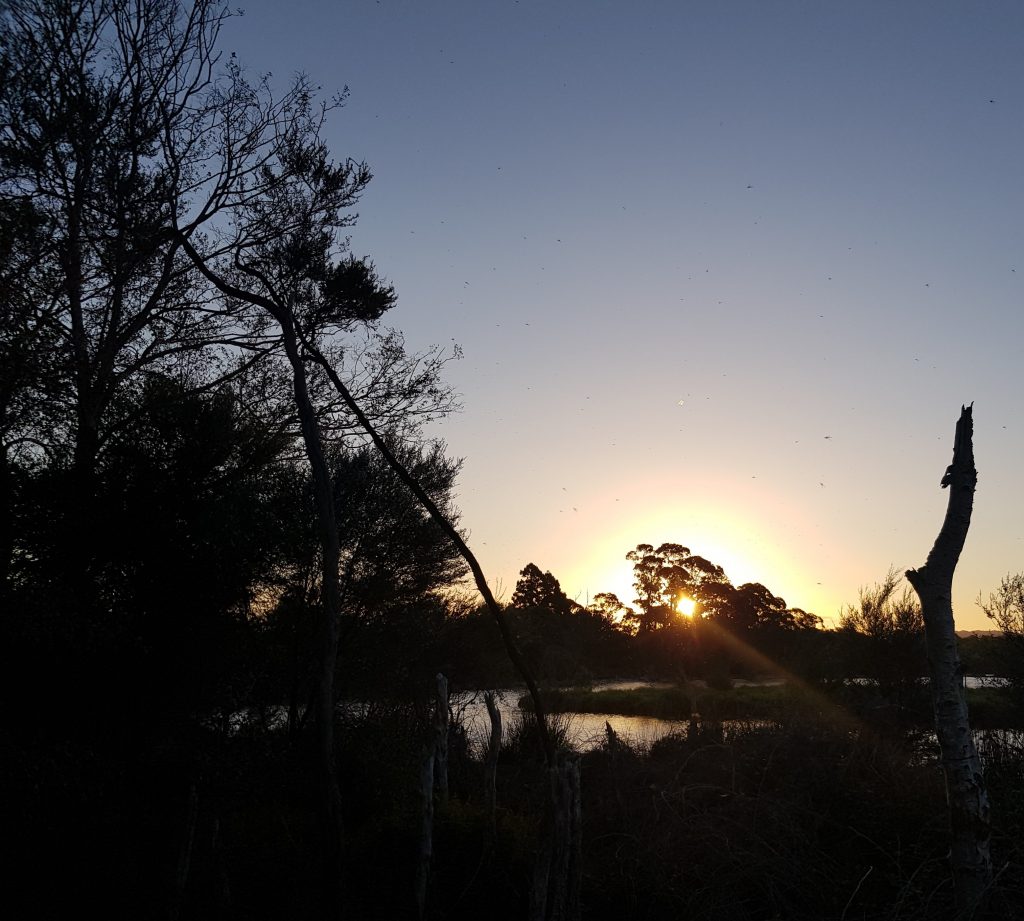
My destination was Okere Falls, set in a thickly forested valley sheltering the Kaituna River, the outflow from Lake Rotoiti. Here travellers could stop for the night without any of those pesky camping fees or potential fines. By the time I arrived it was too dark to look around (of course I hadn’t thought to bring a torch) so I went straight to “bed” gazing up at the stars through my hard-won vehicle’s sun roof.
As usual I woke with the sun, and decided to take a look around the camp site now that I could see it. We were next to the deep churning Trout Pool, which I approached cautiously from the rocks above, hoping in vain to spot some of the eponymous fish.
There were many signs nearby warning against swimming, which I considered completely unnecessary as nobody in their right mind would ever consider…

I was going to say more about this place here, but it turns out that its history is surprisingly interesting and complex. So you’ll just have to wait for me to revisit it in future so I can really do it justice!
I headed back to Rotorua, stopping only for a service station take-away tea, and parked up by the lake front where I was greeted by a mother swan and her three fluffy grey cygnets. From here I headed toward the information guy’s second suggestion – Kuirau Park.
To get there I followed a walkway that took me over Pukeroa, which translates to Long Hill and is sometimes now also known as Hospital Hill. This hill, now surrounded by the township and home to the King George Hospital, was once a pa site before being gifted to the town by Ngāti Whakaue for use as a sport reserve.
As I followed the winding path over the shoulder of the hill I finally found the exact thing I was looking for. Below me a huge cloud of steam was rising from a bushy depression.
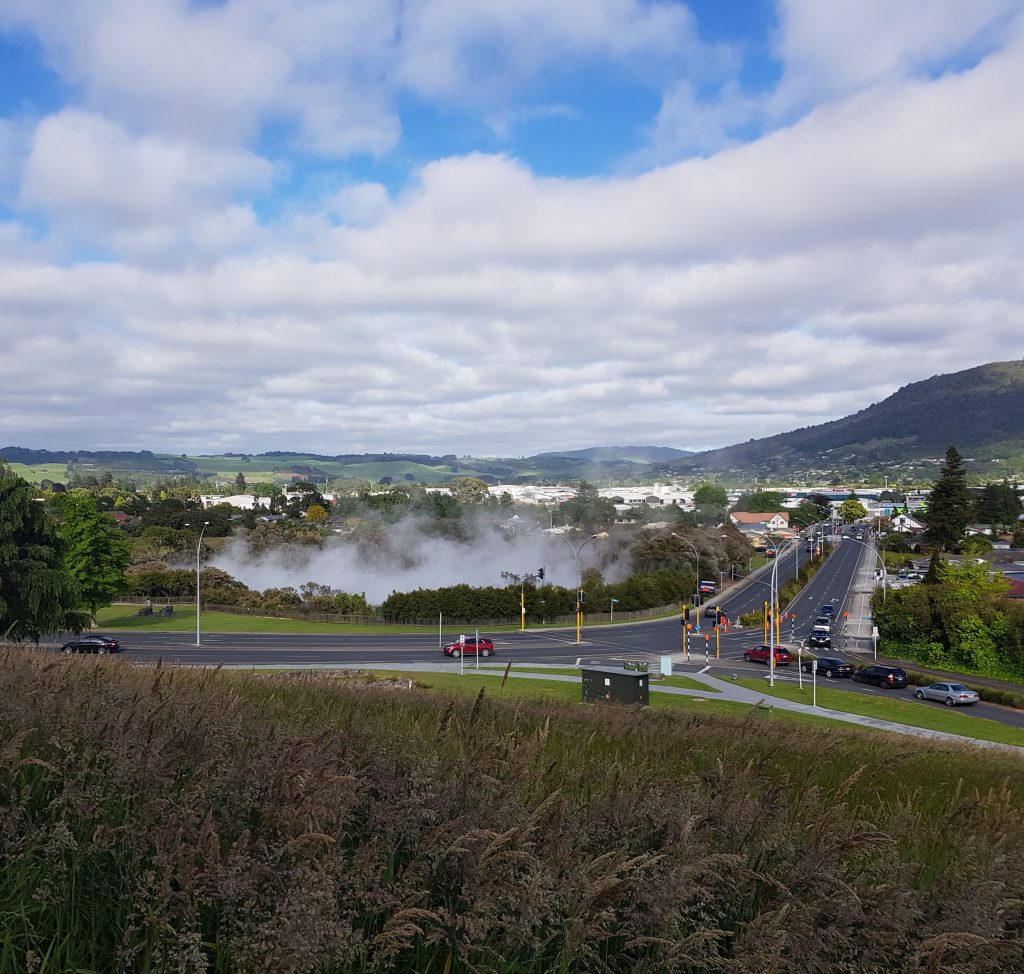
I picked my way down the slope, avoiding the piles of small boulders that indicated rogue steam vents, though signage warned me that new unmarked ones might appear at any time. If I were a citizen of this town I’d be a little nervous about the idea of a new steam vent opening beneath my floorboards, and a good Google seems to indicate this hasn’t happened recently, but I eventually found an incident from 1945, when a dog became lost beneath Mrs F.B.K. McArthur’s house in nearby Arawa Road. Pulling up the floorboards revealed a steaming hole 4.5 metres deep and 3 metres wide. From the tone of the newspaper report, they didn’t really consider it a big deal and planned to pipe the steam away from the house and fill the hole with pumice.
The small thermal lake – Lake Kuirau – was fenced off, but bridged by a handy board walk, so I ventured out into the warm moist fog. Shrouded by the mist the skeletons of unlucky manuka poked up through the bubbling waters.
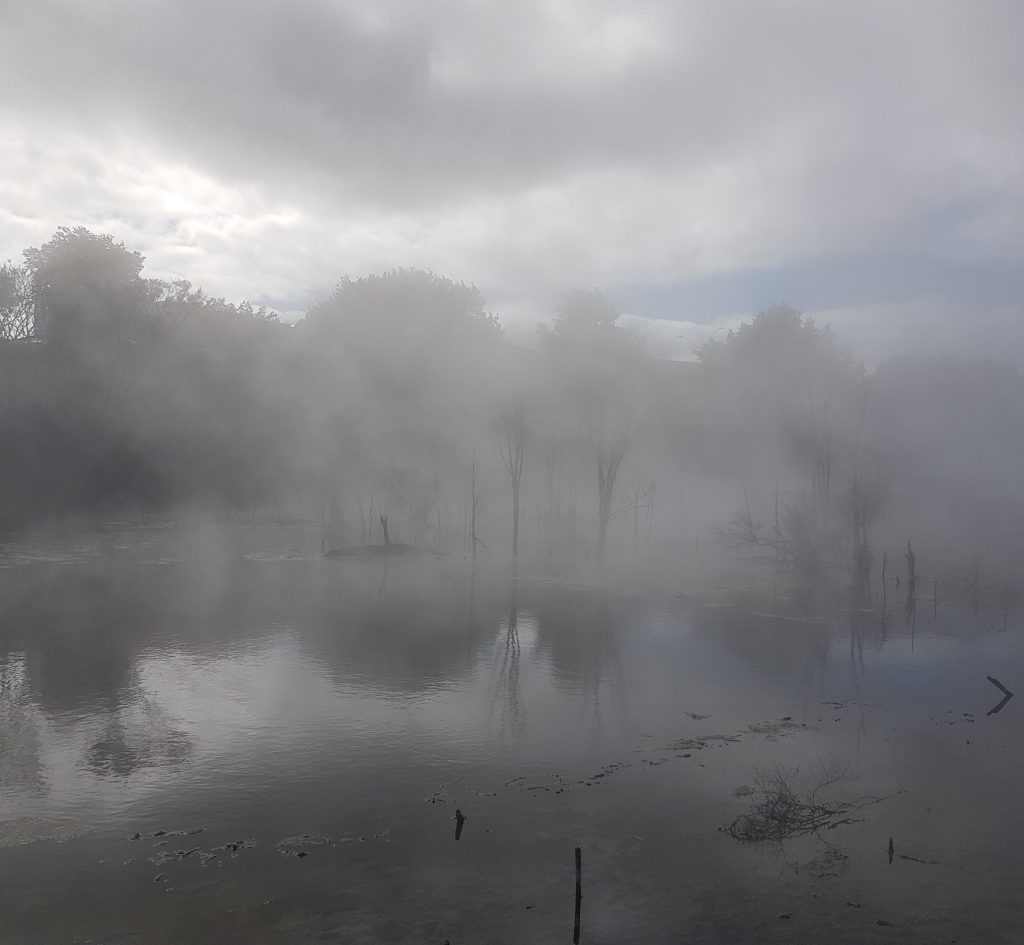
The legend here is that a beautiful woman named Kuiarau used to bathe here, but a taniwha living in the lake abducted her. Enraged, the gods caused the waters to boil. The lake is still known by her name today, albeit using a slightly different spelling.
All the thermal features here are fenced off, but if I was tempted to call this a buzzkill before, a browse of historic newspaper articles quickly cured me of any such notion. This park has claimed so many lives that I couldn’t possibly list them here – with the most recent I stumbled across being from 2015.

A tragic highlight is the 1927 story of Maud Thompson, who slipped in to one of the very hot pools here. She was married in the hospital to her fiancé, Mr J. Noble, shortly before succumbing to her injuries. At her inquest the coroner called this reserve a death trap. It seems this is yet another example of New Zealand’s deceptively deadly beauty.
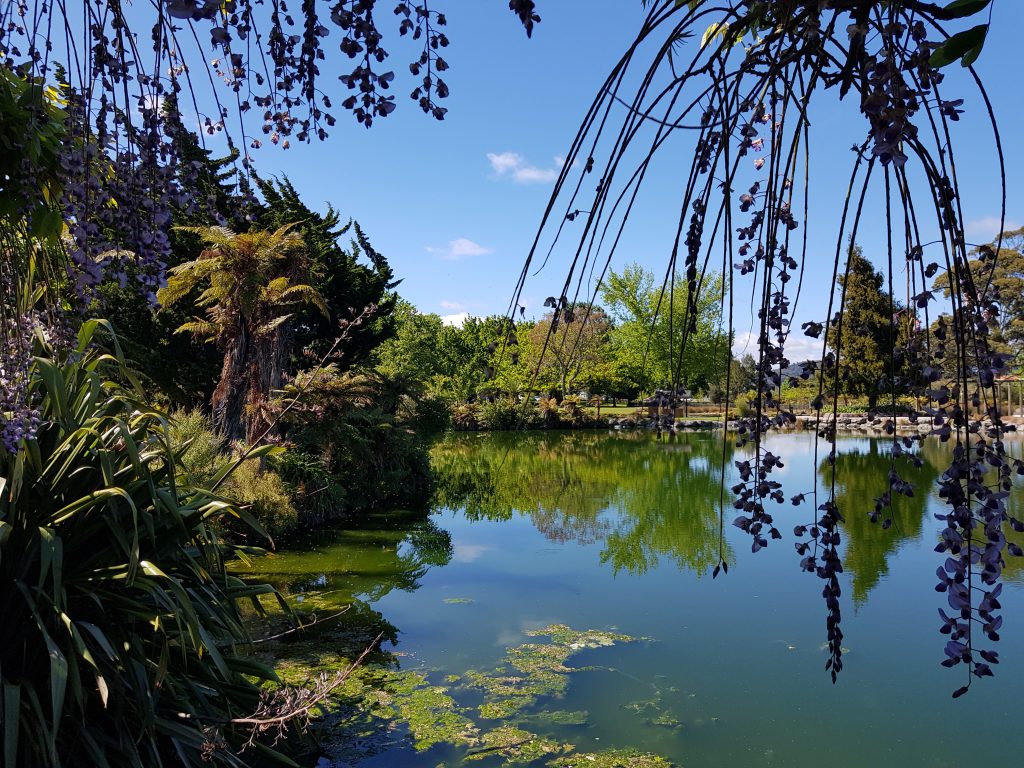
From bubbling mud pools and the steaming man-made rock mound, I made my way to Lake Timaru, perfectly still and reflective and fringed by wisteria and fern trees. I crossed the Wisteria Bridge and looked back at it from a different perspective through the simple anchor stone sculpture by Jocelyn Platt,

Then I made my way through a small gate to circumnavigate Pukeko Lake, which I soon found to be well named.

Having explored the park to my complete contentment, there remained only one further thing to do. I back tracked toward the foot baths, removed my shoes and socks, and plunged my feet – still sore from my urban trek through Auckland – into the warm soothing waters.
With a book, a drink, my feet soaking, and the occasional wandering tourist to chat to, I finally felt like I was on holiday!
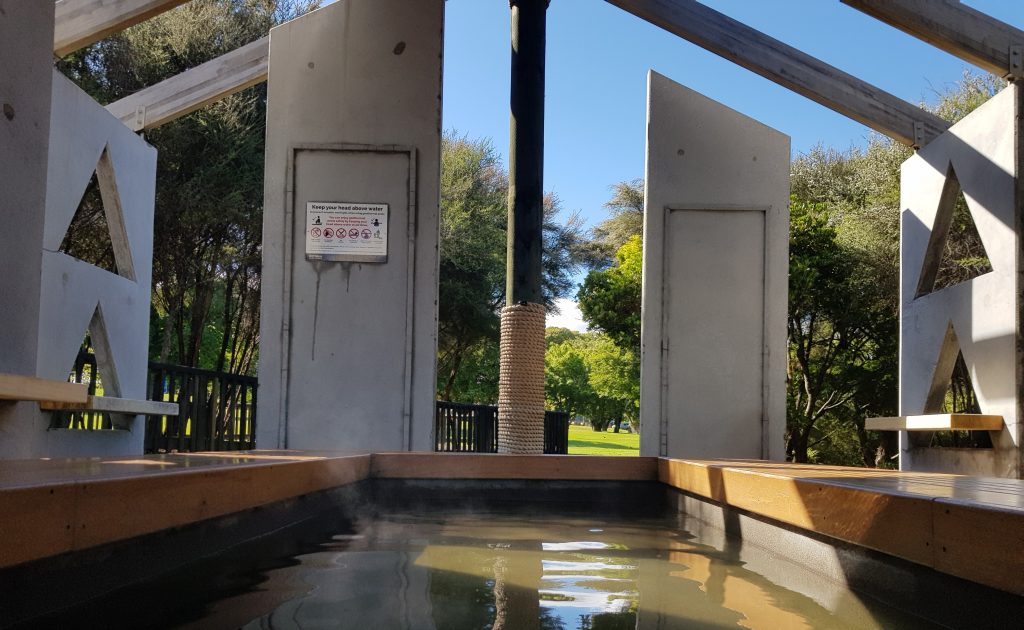
This was the perfect position from which to plot my next move. The journey southward called, promising further adventures as I sped homeward.
But for now I was content to stop a while and seize this precious moment of relaxation as the sun warmed my back and the hot springs bubbled gently.
References:
The Sulfur Point (Lake Rotorua) Gull Colony by Denise and Brian Read
THERMAL SUBSIDENCE New Zealand Herald, Volume 82, Issue 25252, 12 July 1945
Man found dead in Rotorua hot pool named by Florence Kerr and Phillipa Yalden
MARRIED BEFORE DEATH Auckland Star, Volume LVIII, Issue 278, 24 November 1927
DEATH FROM SCALDS. Press, Volume LXIII, Issue 19168, 26 November 1927
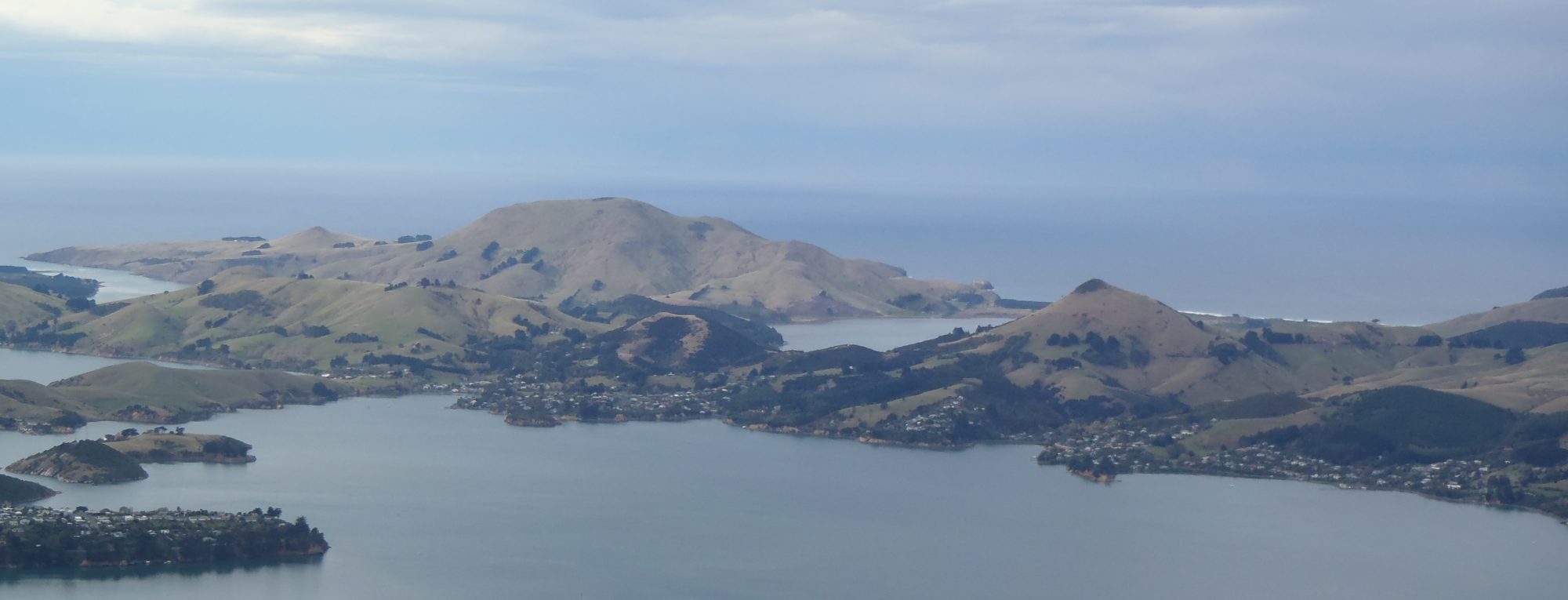
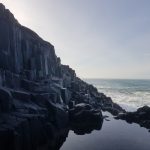
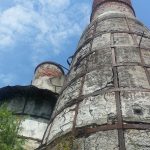
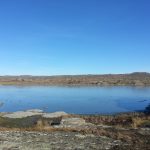
Great insight into Rotorua on the cheap…